(no subject)
Jan. 9th, 2020 10:15 amhttps://www.bbc.com/news/world-us-canada-51012853
Mexicans feel about Trump like Ukrainians about Putin.
Mexicans feel about Trump like Ukrainians about Putin.
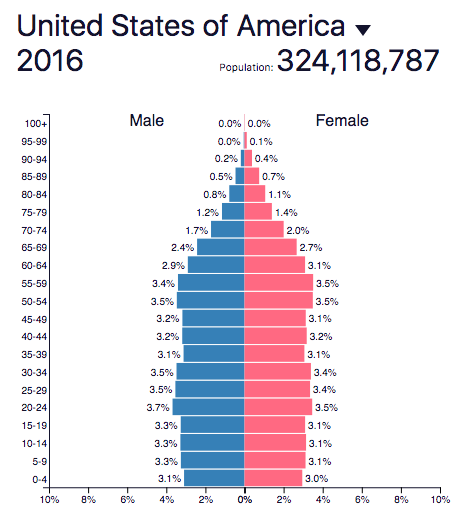
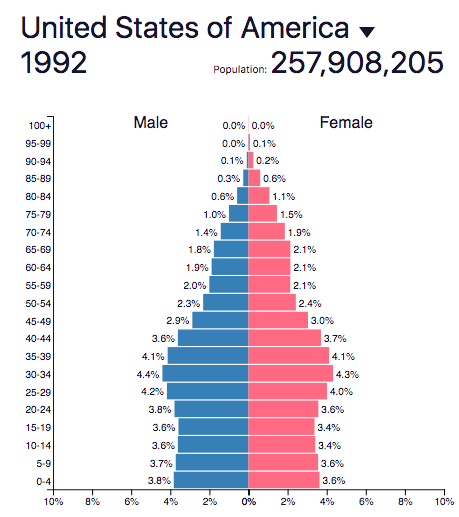
Since 2005, five metro areas — Boston, the San Francisco Bay Area, San Jose, Seattle, and San Diego — accounted for 90 percent of all US growth in “innovation sector” jobs, which Brookings defines as employment in the top science, technology, engineering, and math industries that include extensive research and development spending. Meanwhile, 343 metro areas lost a share of these jobs in that same period.
https://www.vox.com/recode/2019/12/9/21000162/high-tech-job-growth-concentration-brookings
https://www.brookings.edu/research/growth-centers-how-to-spread-tech-innovation-across-america/
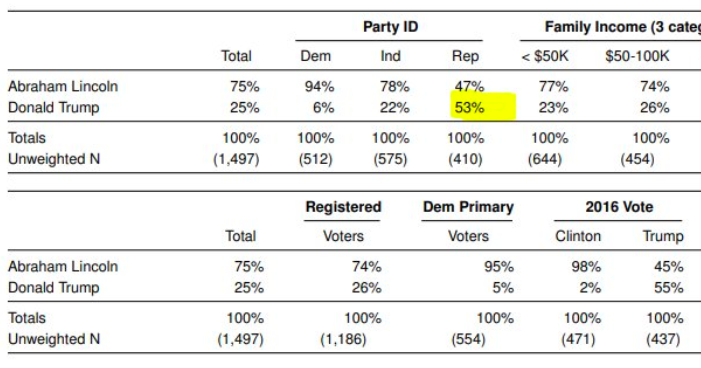
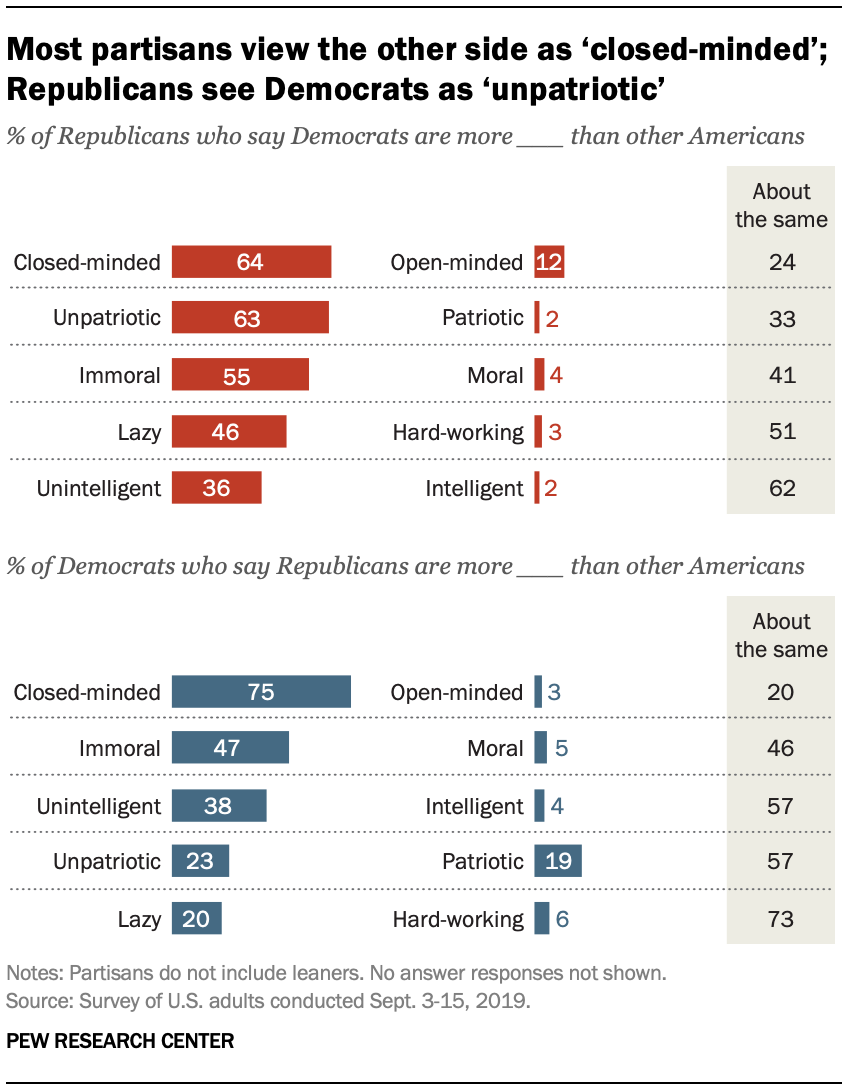
The survey by Pew Research Center was conducted Sept. 3-15 among 9,895 adults (it was completed before House Speaker Nancy Pelosi’s Sept. 24 announcement of an impeachment inquiry into President Donald Trump). It finds that both Republicans and Democrats express negative views about several traits and characteristics of those in the opposing party, and in some cases these opinions have grown more negative since 2016.
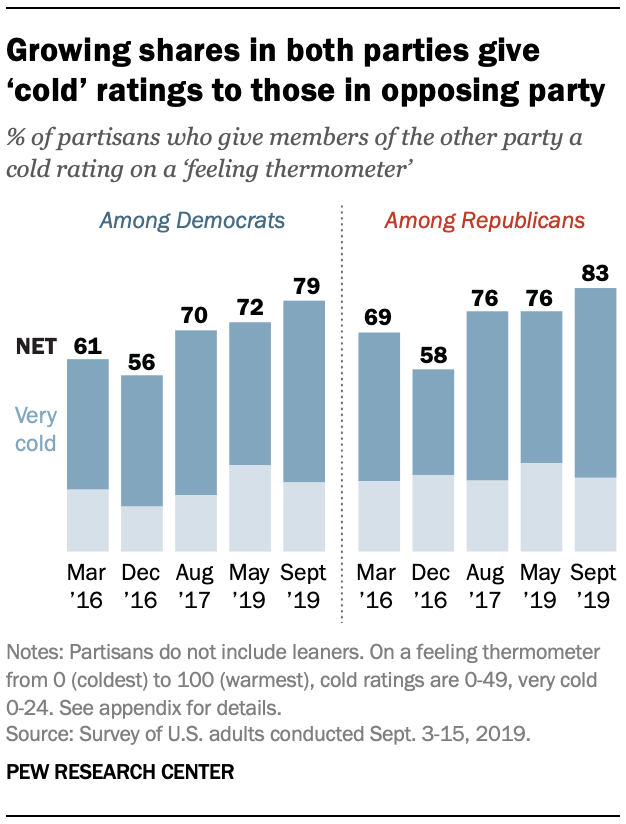

“The Republican Party has changed,” said A. Patrice Burgess, a 55-year-old Boise family physician. The lifelong Republican voted for Democrats in the past two presidential elections in part because she didn’t want the ACA dismantled, and because Mr. Trump’s behavior appalled her.
Research led by Adam Bonica, associate political science professor at Stanford University, shows that younger male and female physicians are significantly more liberal than older ones, a divide that is generational and not simply a function of partisanship changing as doctors age.
https://www.wsj.com/articles/doctors-once-gop-stalwarts-now-more-likely-to-be-democrats-11570383523
“Manufacturing moved to where the Republican Party has been building strength,” says Jonathan Rodden, a Stanford University political scientist, who studies the geography of political change.
Other manufacturing areas have flipped to vote for Republicans. In 1992, there were 860 counties where at least 25% of the working population was employed in manufacturing. Democrat Bill Clinton won 49% of those counties. By 2016, manufacturers employed at least a quarter of the workforce in only 320 counties. Ninety-five percent of them went for Donald Trump.
https://www.wsj.com/articles/americas-manufacturing-towns-once-solidly-blue-are-now-a-gop-haven-1532013368
In the medical desert that has become rural America, nothing is more basic or more essential than access to doctors, but they are increasingly difficult to find. The federal government now designates nearly 80 percent of rural America as “medically underserved.”
...
What Van Horn offered was a three-year contract with $300,000 guaranteed for the first year, which was about 50 percent more than Cummings could have earned in a big city. He wanted to practice in a small town where he could get to know his patients. His wife liked the nearby mountains. They would be close enough to drive back to Central Texas to visit family. The federal government would forgive much of his student debt as a reward for his working in a medically underserved area. Van Horn had sealed the deal with a $5,000 signing bonus and a $3,000 monthly stipend during the final year of his residency.
...
Even during his residency in tiny Winnemucca, population 7,400, he had worked with a medical team of emergency physicians, hospitalists and general surgeons. Once he started in Van Horn, he would eventually become the only doctor on call.
https://www.news-journal.com/news/in-the-medical-desert-of-rural-america-one-doctor-for/article_cff7ecda-e2f2-11e9-a269-330f202342cd.html
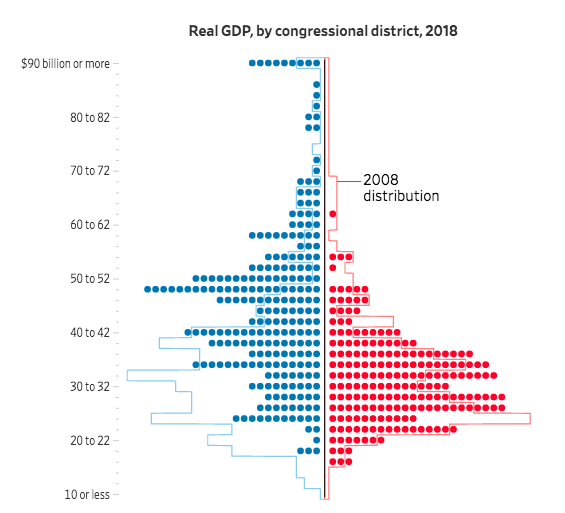
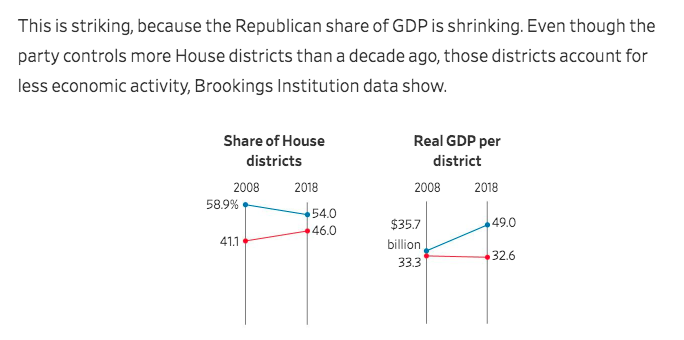
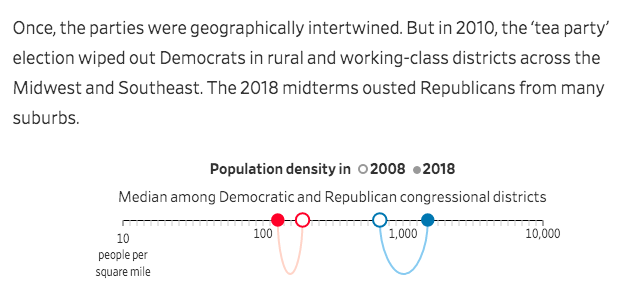
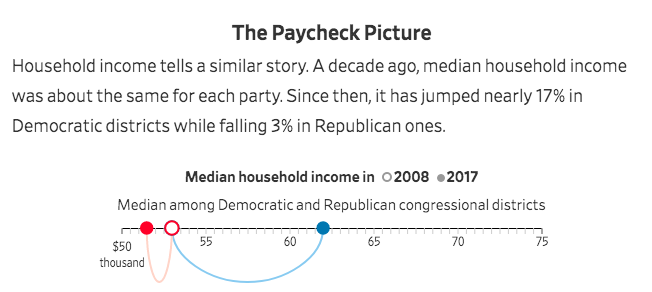
Americans entering the workforce in the decade since the financial crisis face a starkly different landscape than their parents did at the same age. They often have far higher student loan debt. Housing eats up a bigger chunk of each paycheck. And young households have lower incomes and fewer assets than previous generations did at the same ages.
https://www.wsj.com/articles/your-parents-financial-advice-is-kind-of-wrong-11568367000






The policies that drove the region’s catch-up—relatively low taxes and low wages that attracted factories and blue-collar jobs—have proven inadequate in an expanding economy where the forces of globalization favor cities with concentrations of capital and educated workers.
...the South, which is more rural than the rest of the country and has fewer big cities. In part because of its legacy of racial segregation the region has, relative to others, underinvested in human capital. Thus the South, the only region to have enjoyed such a dramatic rise in the postwar period, is the only one to experience such a retreat in the past decade.
In the 1940s, per capita income in the states historians and economists generally refer to as the South—Louisiana, Mississippi, Alabama, Georgia, the Carolinas, Virginia, West Virginia, Oklahoma, Arkansas, Tennessee and Kentucky—equaled 66.3% of the national average, according to historical data reconstructed by University of Kent economist Alex Klein and The Wall Street Journal. By 2009, that had climbed to 88.9%. That was the high-water mark. By 2017 it fell back to 85.9%.
https://www.wsj.com/articles/the-souths-economy-is-falling-behind-all-of-a-sudden-the-money-stops-flowing-11560101610